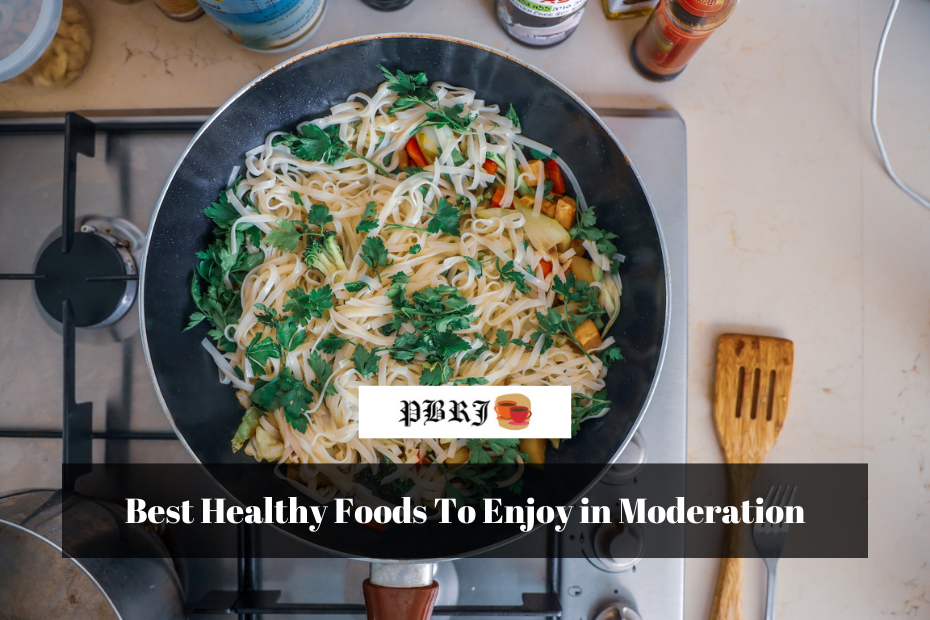If you are attempting to make healthy dietary modifications, fruits, vegetables, whole grains, and lean proteins are excellent options. However, some may argue that some foods, such as red meat or tinned fruits and vegetables, are worse for a person’s diet than others.
In reality, not all of these foods are harmful or unhealthy. They are frequently designated as such due to their effects on the body when consumed in excess. Nevertheless, many of the “worst” foods can be consumed in moderation.
Individuals will have varying dietary requirements, necessitating varying portions from various food groups to meet their nutrient demands. Before putting together a dietary plan, you should consult with a healthcare professional. They will be able to provide more information about nutrients and assist you in making dietary decisions.
1. Dark, Leafy Greens

The finest sources of vitamin E include dark green vegetables such as spinach, Swiss chard, kale, and broccoli.1 Vitamin E is a highly effective antioxidant. According to research, antioxidants may protect the body from pro-inflammatory molecules known as cytokines.2
Additionally, dark green vegetables are rich in calcium, iron, folate, and vitamin K.3
2. Cauliflower, Kale, and Brussels Sprouts
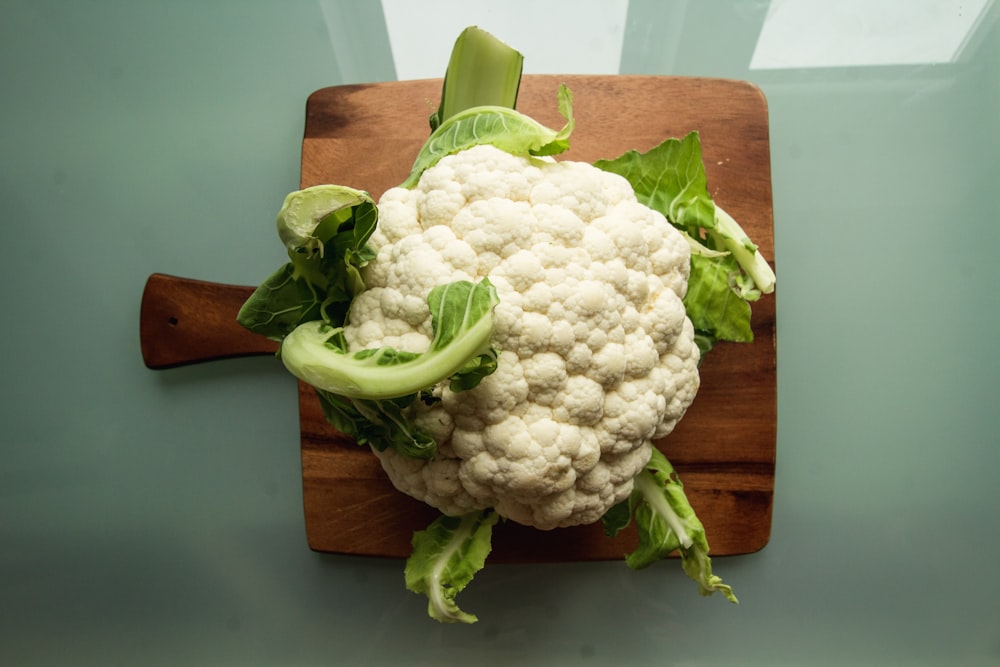
Not only Kale is a nutritional standout among cruciferous vegetables. Include in your diet cabbage, broccoli, Brussels sprouts, cauliflower, and other cruciferous vegetables.
Cruciferous vegetables contain numerous vitamins and minerals, including vitamin C, potassium, and phosphorus. Moreover, these vegetables are rich in antioxidants.4 Multiple studies suggest that the phytochemical sulforaphane in cruciferous vegetables may help reduce the risk of developing cancer.5
The recommended serving size of vegetables for adults is at least 2.5 cups. One cup of raw or prepared broccoli and two cups of raw bok choy can contribute to your daily vegetable intake.6
Cruciferous vegetables are also adaptable; cauliflower can be riced and used as a pizza crust.
3. Plainly Prepared Beans
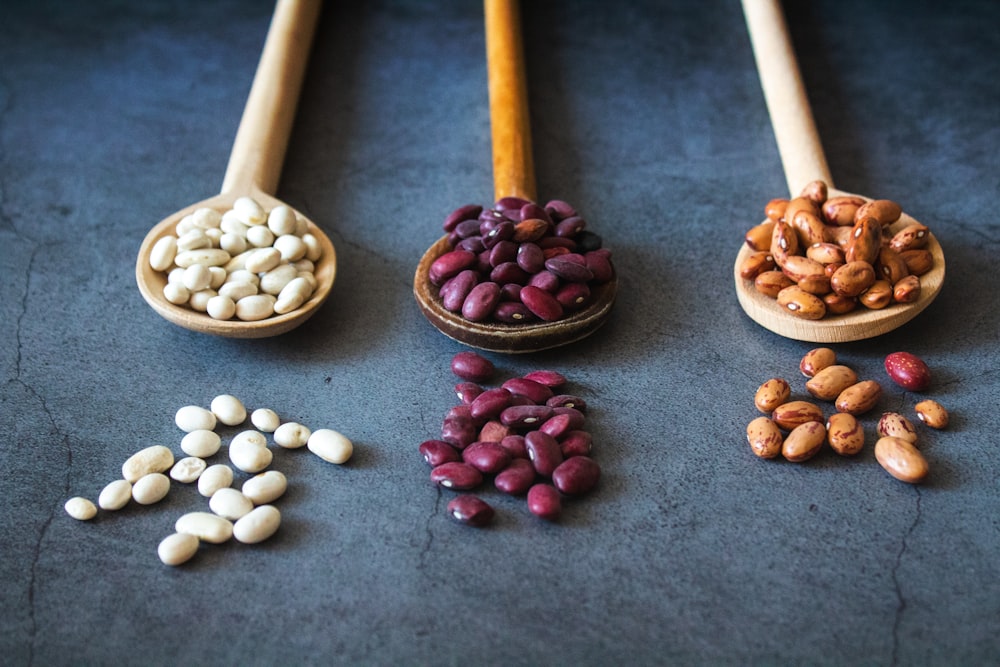
When combined with whole grains and vegetables, chickpeas, black beans, and pinto beans make an excellent vegetarian foundation for a nutritious meal. Beans are rich in fiber and a source of plant-based protein.7
You can prepare them yourself, drain and rinse them from a can, and then add them to salads, soups, casseroles, and Indian dal curry dishes. Other bean preparations include:8
- Combining them to create tahini
- Crisping them for a snack
- Baking them into sweets
- They are served with linguine
4. Avocado

Dietitians like to call avocados a powerhouse superfood. Avocados deliver healthy fats, antioxidants, and nearly 20 vitamins and minerals.
One whole Hass avocado—without the skin and seed—supplies:9
Fiber: Over 30% of the daily value
Folate, a B vitamin needed to make new healthy cells: Is about 30% of the daily value
Vitamin K, necessary for blood clotting and bone health: About 36% of the daily value
Vitamin C, which supports the immune system and skin: Is about 20% of the daily value
Vitamin E, an antioxidant that also helps immune function: Is about 13% of the daily value
Potassium, needed for heart, muscle, and nerve function and blood pressure regulation: About 20% of the daily value.
Magnesium, a mineral required for over 300 reactions in the body— including heartbeat, bone health, blood sugar regulation, and nerve and muscle function: About 10% of the daily value.
More About Daily Values
Daily values, or DVs, refer to nutrient amounts in one serving of food or a drink and are sometimes similar to the Recommended Dietary Allowances (RDAs) or Adequate Intake (AIs) for nutrients. These values vary according to a person’s age.
The Office of Dietary Supplements (ODS) provides information about vitamins, minerals, macronutrients, or other food components such as fiber and sodium.10
5. Berries

Berries contain antioxidants and phytonutrients that help power your heart, keep your mind sharp, and kick-start digestion. Berries contain polyphenol compounds, which are known to have anti-inflammatory effects on people.
These types of fruit also include fiber and vitamin C. If you really want to enjoy them at their best, look for fresh berries that are firm, plump, and dry when shopping for groceries.
Frozen Fruits
Frozen fruits are some of the healthiest foods in the freezer section. Because most frozen fruits are frozen shortly after they’re harvested, they’re allowed to ripen fully. This means they’re chock full of vitamins, minerals, and antioxidants, locking in many of their nutrients.13
Whole Grains
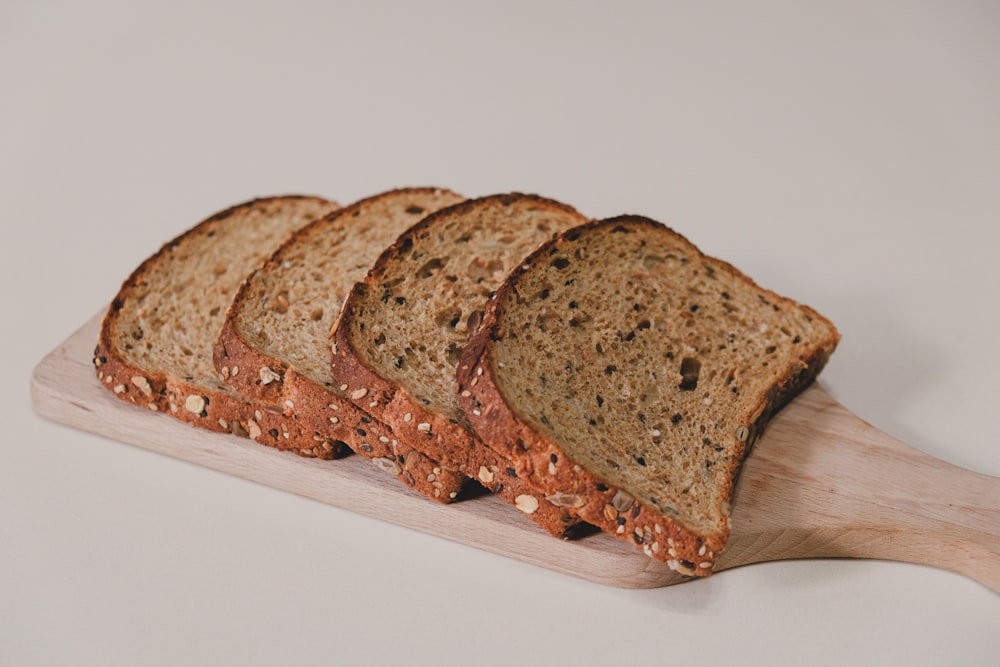
Whole grains deliver healthy plant-based protein, vitamins, minerals, and phytochemicals. They are also a great source of fiber. They contain two types of fiber—soluble and insoluble—which benefit your health.
One way to get more whole grains is to try overnight oats. If your mornings are hectic, overnight oats are a nutritious and tasty meal that can be ready when you wake up. You can plan to arrange ingredients or make an entire week’s worth of breakfasts.
Ancient Grains
Ancient grains—such as quinoa, amaranth, and teff—are called “ancient” because they haven’t changed much in hundreds of years. Many ancient grains are nutritional powerhouses rich in protein, calcium, fiber, and lysine, an amino acid needed for tissue repair.16
6. Oatmeal

Oatmeal is rich in folate, fiber, and potassium. And it’s considered a heart-healthy food thanks to a water-soluble fiber in oats called beta-glucan, which has cholesterol-lowering properties.17
If oats are fortified with omega-3s, they are also a good source of omega-3 fatty acids. Also, a great way to enjoy oatmeal is to use plain old-fashioned oats and sweeten them with fruit and honey.
7. Fish
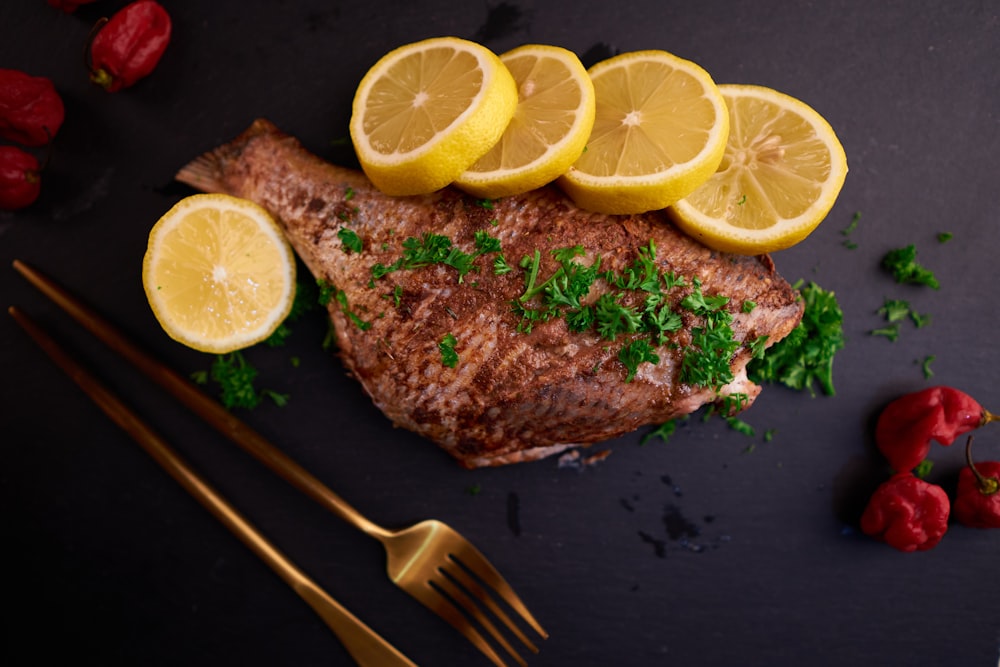
Omega-3s can be found in fish. Fatty fish (such as salmon, mackerel, tuna, herring, and sardines) is an excellent diet for the heart.
Omega-3 fatty acids decrease inflammation in the body. Omega-3 fatty acids have been shown to prevent cardiovascular disease and stroke. In addition, they may reduce the risk of cognitive dysfunction or cognitive disorders and perform protective roles against cancer and other diseases.
Fish contain antioxidants as well. Each week, you should consume at least two servings of fish (preferably, fatty fish).
8. Chicken

Chicken Chicken is a rich source of protein. A 3.5-ounce chicken breast contains 30 grams of protein. In addition to having less saturated fat, skinless chicken is an exceptional source of niacin and selenium.
While niacin is providing energy to the body, selenium aids in maintaining the body in tip-top condition. Selenium is an essential component of enzymes and proteins that aid in the prevention of cell injury and infection.
9. Tofu

The firm version of tofu can contain up to 21,8 grams of protein per half-cup serving.23 This makes it an excellent source of plant-based protein for everyone, particularly vegetarians and vegans. In addition, research links moderate tofu consumption to health benefits, including a reduced risk of cardiac disease.
Try tofu in stir-fries, curry dishes, lasagna, and vegetable scrambles if you would like to incorporate it into your diet.
| Homepage | Click Here |
| 12 Everyday Foods With Surprising Health Benefits | Click Here |

